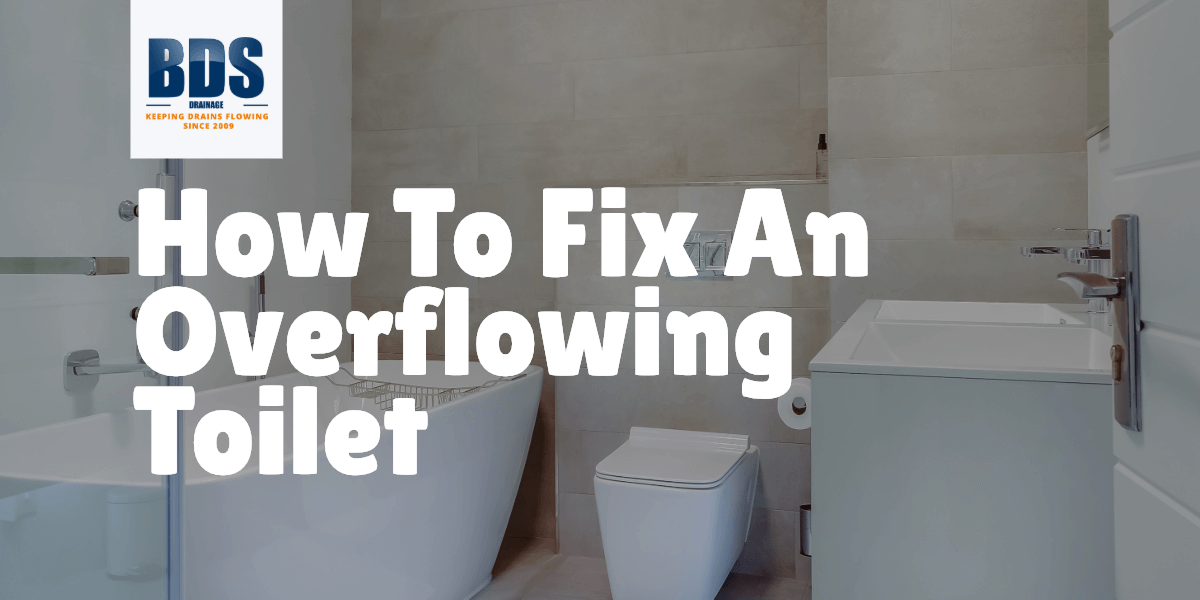[vc_row][vc_column][vc_column_text]Keeping your home and working place in the best condition involves undertaking many roles. Many people will keep their kitchen, bedroom and living room or working space clean and in tip-top condition. However, many forget that toilets are a significant part of their lives and should also be kept clean and tidy. In fact, toilets are one of the most used fixtures in many homes or work settings.
Many people take their toilets for granted and regard them as a commonplace. Whether it is a public toilet or one back home, your toilet should at all times be well-maintained, safe and convenient for every user. If not so, you will experience problems such as toilet flooding or overflowing.
Toilets are complex and multi-functional places that are also faced with many problems. To understand the many toilet problems, you have to look at the major parts of this fixture. A standard toilet is made up of a bowl unit that is usually found on the floor and the upper tank that holds the water used to flush the toilet.
The toilet tank works in a simple manner. It basically holds together water until the toilet user flushes it. Then the water runs down through an opening forcing the waste out of the toilet bowl into the main home drain and into the sewer lines.
Need help? Speak to an expert now:
The toilet flush valve and ballcock or fill valve are great components that make the procedure a success. These components should at all times be working properly for the toilet to meet its purpose. If these components are not working properly and the flush cycle is not completed, issues such as toilet not draining will arise and can be quite costly.

Most Common Toilet Problem- What to Know
There are many toilet problems experienced daily. These problems may include;
-
- A toilet that won’t flush.
- A toilet that fills slowly.
- A noisy toilet when not in use.
- Loose or stuck toilet handle.
- Leaking toilets.
These may be the few toilet problems that you experience at home, but toilet overflowing is one of the major problem experienced in many homes. Toilet overflow is a nuisance and a great inconvenience that need urgent attention. Many homeowners may think of the stinking and messy flood. But there are many dangers associated with toilet overflow.
When a toilet overflows, whatever is flushed or washed down the system will likely flood and cause an unbearable mess. All these wastes are things you don’t want to see, and they will without a doubt stink up the whole place.
An overflowing toilet in a home or public place will bring with it bacteria that can lead to complications such as hepatitis A, leptospirosis, tetanus and many other related conditions. Another danger that comes with water overflowing from toilet bowl is home accidents as a result of falls.
You might also get electrocuted if the overflowing toilet water comes into contact with electricity. Hence, it is wise to turn off power if your toilet overflows unexpectedly. The danger of intoxication is also imminent if you don’t know how to prevent toilet overflow. Fumes from the flooding sewage or toilet can be harmful to your health.
With all these in mind, you should not forget that toilet overflow also leads to water damage. A major reason for the surge in water bills in many homes and institutions. Hence, you need to figure out how to prevent and overcome such issues without breaking your bank account.
Fixing an Overflowing Toilet
If you find yourself facing these many problems associated with flooding toilets, you need to take immediate actions. You should not suffer in silence when you can still solve this problem for good. You need to figure out how to stop a toilet from overflowing. However, it is not an easy task.
It is quite daunting and a difficult task to deal with overflowing toilets at home or in public places. It all starts by figuring out what causes a toilet to overflow. Have a look at the common causes of toilet overflows;
Toilet Clogging
Clogging is the number one cause of toilets flooding in many homes. This is a situation that occurs when the toilet is filled up with the wrong items. Your toilet is designed in a way that it can only accommodate and flush waste and toilet paper. Any other unwanted item may easily clog your toilet drainage system.
Dumping nappies, sanitary products, solid items and paper towels can easily clog your toilet system leading to water overflow. And even before you start claiming that your toilet overflowing for no reason, clogging can occur in many forms. They include;
- Clogged toilet bowl – Most of the problems in toilets are as a result of a clog in the toilet bowl. Don’t flush down wrong things that may easily clog the toilet bowl and lead to unnecessary problems.
- Clogged toilet trap – Most toilets have a toilet trap that helps prevent sewer fumes from going into other rooms and cause terrible smells. It is easy for this trap to get clogged if the wrong products are passed through it.
- Clogged drain pipes – Flushed water flows into the drain pipes then towards the sewers that have multiple bends that can easily be clogged by wrong items. With time, the water will be flushing slowing and eventually, the issue will become a severe drainage problem.
- Clogged sanitary sewer – Flushed water from the toilet also drains into the lateral sanitary sewer line that is connected to the main local sewer system. Wrongly drained items usually clog the lateral sanitary system leading to toilet floods or overflow.
Low flow toilets
Many homeowners opt for low flow toilets to help conserve water, however, these toilet designs don’t effectively flush waste down the drain. With time, you will start experiencing flushing issues that are quite costly.
Malfunctioning plumbing system
When the toilet handle gets stuck in the flush position after use and the problem is not fixed immediately, the water will rise and start overflowing. If the tank float mechanism is also not working properly and the toilet overflow tube gets blocked, water will rise and flood.
Fixing an Overflowing Toilet-How to Do It Hassle-Free
With all these in mind, you should not hesitate to find out how to fix an overflowing toilet effectively. You should not freak out when you notice this issue in your home. There are incredible ways that have been used for many decades to solve the toilet flooding problem. They include;
Stop the water flow
Before you go on and figure out what causes overflow pipe to run, you should start by stopping the water flow. This is an appropriate first step even if the problem is not related to the water supply system. If the water keeps running once you have shut-off the valve on the supply line or turned off the main supply line, then the problem is a backup and needs immediate attention.
Use A Toilet Plunger
Most of the toilet clogging occurs in the tank bowl and the best tool to use to unclog your toilet is a plunger. A plunger uses an up and down motion to create pressure that forces the clogged items out of the toilet bowl and into the drain lines. The plunger should have an adequate seal to create this necessary pressure.
User a toilet auger/ drain snake
If you don’t have a plunger, you can still solve the cistern overflow problem by using a toilet auger. The good thing with a toilet auger is that it can be used to clear clogs in an s-shaped trap and in any toilet design.
The toilet auger works in a simple manner. It is designed to crawl through the drain pipes and pull out the clogged items. An auger can also break up the clog and flow the waste into the sewer lines.

Fix overflowing toilet the easy way
If you don’t have a toilet plunger or an auger at your disposal, you can still figure out why toilet water low and solve the overflow problem. There are a number of strategies that you can embrace and solve this problem and they include;
- Unclogging toilet using dish soap – You just need to pour dishwashing liquid into the toilet bowl and it will break up the clog.
- Try using hot water – You need to run hot water in the toilet especially if the toilet has low water in bowl and slowly. Don’t let the water overflow and cause more problems. Hot water breaks up clogs but it might not work if the main sewer lines have clogged. You will be forced to seek the help of an expert.
- Use bleach – You can swap normal shampoo or any other cleaning liquid for a small amount of bleach.
- Think outside the box – You should not struggle in vain or overstress yourself figuring out why toilet flushes slowly. You just need to seek the help of a professional and reputed plumber near you. You will be able to stop further damages and save money in the long run.
There is no better way of solving toilet problems than cleaning your toilet regularly with a mild cleaner and keep it in tip-top condition. You should also not flush anything down the toilet other than toilet paper and human waste. Always try and solve toilet water overflow problems on your own by buying a plunger or auger and learn how to use it effectively.
Final Thoughts
If still wondering, how to fix a backed up toilet or if you have blocked toilet issues, feel free to seek professional plumbing services. BDS Drainage knows how to fix overflowing toilets and drainage problems. They have a team of qualified, experienced and licensed plumbing professionals who are more than willing to help. Make that call today and get the best toilet overflowing solutions on a 24/7 basis.[/vc_column_text][/vc_column][/vc_row][vc_row][vc_column][vc_single_image image=”8466″ img_size=”full” alignment=”center”][/vc_column][/vc_row]

